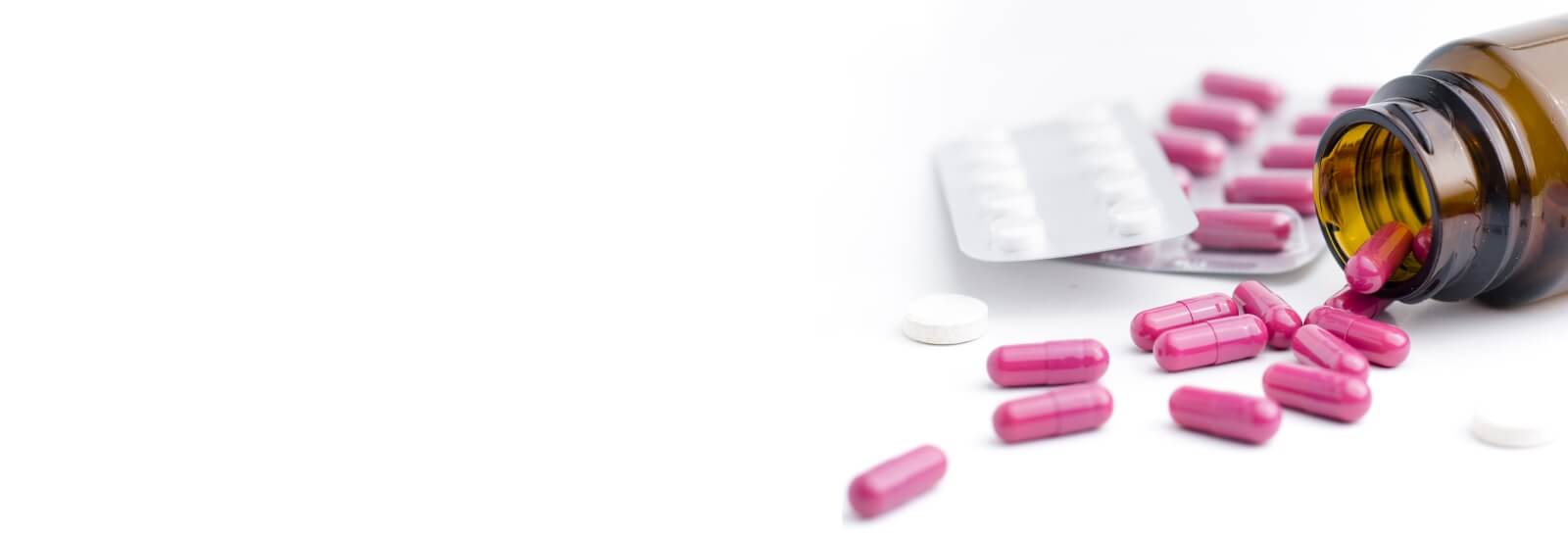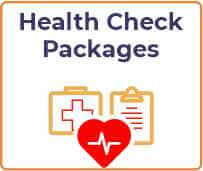- 24/7 Appointment Helpline
- International
- Home
- About
- News
- Locations
- Specialities
- Arthroscopy & Sports Medicine
- General Medicine
- General Surgery
- Pain Management
- Bariatric Surgery
- Gynaecology
- Pediatrics
- Pediatric Surgery
- Cancer (Oncology)
- Radiation Oncology
- Heart & Lung Transplant
- Physiotherapy
- Cardiology
- Hematology & BMT
- Plastic Surgery
- Critical Care
- Interventional Radiology
- Pulmonology
- CT Surgery
- Kidney Transplant
- Radiology
- Dermatology
- Liver Transplant
- Rheumatology
- Emergency Services
- Robotic Science
- Endocrinology
- Multiorgan Transplant
- Spine Surgery
- ENT
- Head & Neck Cancer
- Nephrology
- Neurosciences
- Lung Transplant & Thoracic Surgery
- Medical Gastroenterology
- Surgical Gastroenterology
- Nuclear Medicine
- Urology
- Orthopaedics
- Ophthalmology
- Vascular Surgery
- Pancreas Transplant
- International Patient
- Patient Info
- Blog
%1$s
- 914045674567 – 24/7 Helpline
- 04066000066 – International
- Home
- Specialities
- Arthroscopy & Sports Medicine
- Bariatric Surgery
- Cancer (Oncology)
- Radiation Oncology
- Cardiology
- Critical Care
- CT Surgery
- Dermatology
- Emergency Services
- Endocrinology
- ENT
- Head & Neck Cancer
- Medical Gastroenterology
- Surgical Gastroenterology
- General Medicine
- General Surgery
- Gynaecology
- Heart & Lung Transplant
- Hematology & BMT
- Interventional Radiology
- Kidney Transplant
- Liver Transplant
- Multiorgan Transplant
- Nephrology
- Neurosciences
- Nuclear Medicine
- Ophthalmology
- Orthopaedics
- Pain Management
- Pediatrics
- Pediatric Surgery
- Physiotherapy
- Plastic Surgery
- Pulmonology
- Radiology
- Rheumatology
- Robotic Science
- Spine Surgery
- Lung Transplant & Thoracic Surgery
- Urology
- Vascular Surgery
- Pancreas Transplantation
- Treatments
- Procedures
- International Patients Info
- Book Doctor Appointment
- Locations
- Health Checks
- Patient Info
- Health Blog
- About Us
- News
- Reports
- Education
- Careers
- Contact Us
-

Book Doctor
Appointment -

Free Medical
Opinion -

Chat on
WhatsApp











